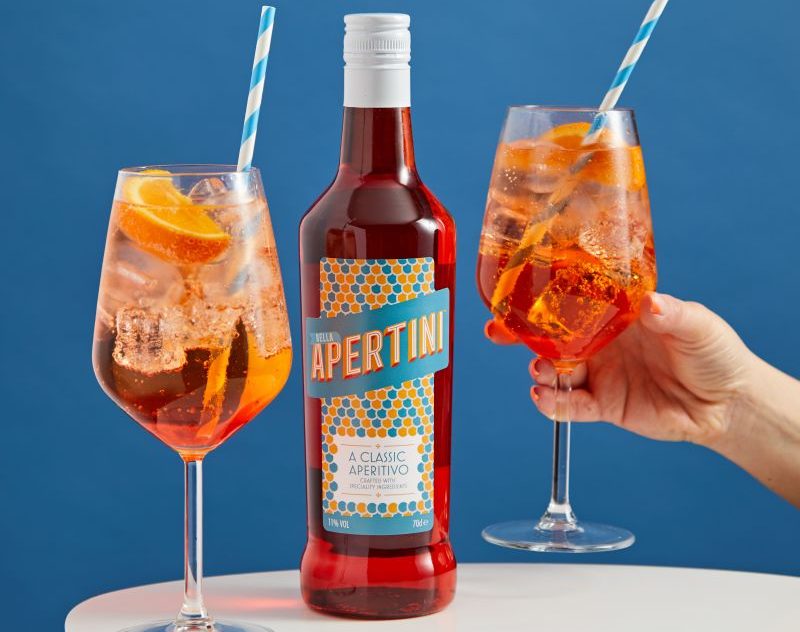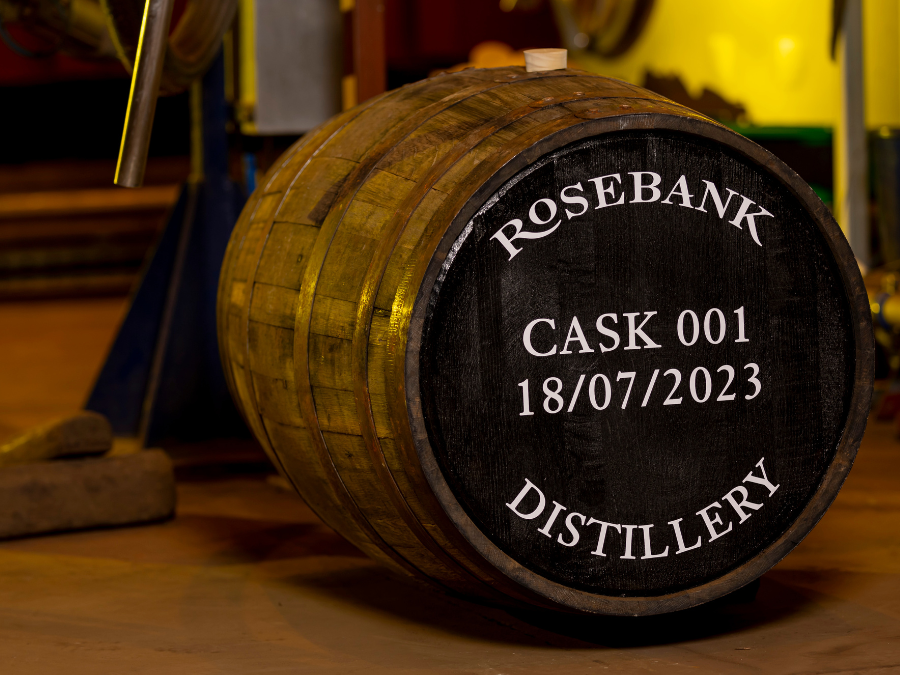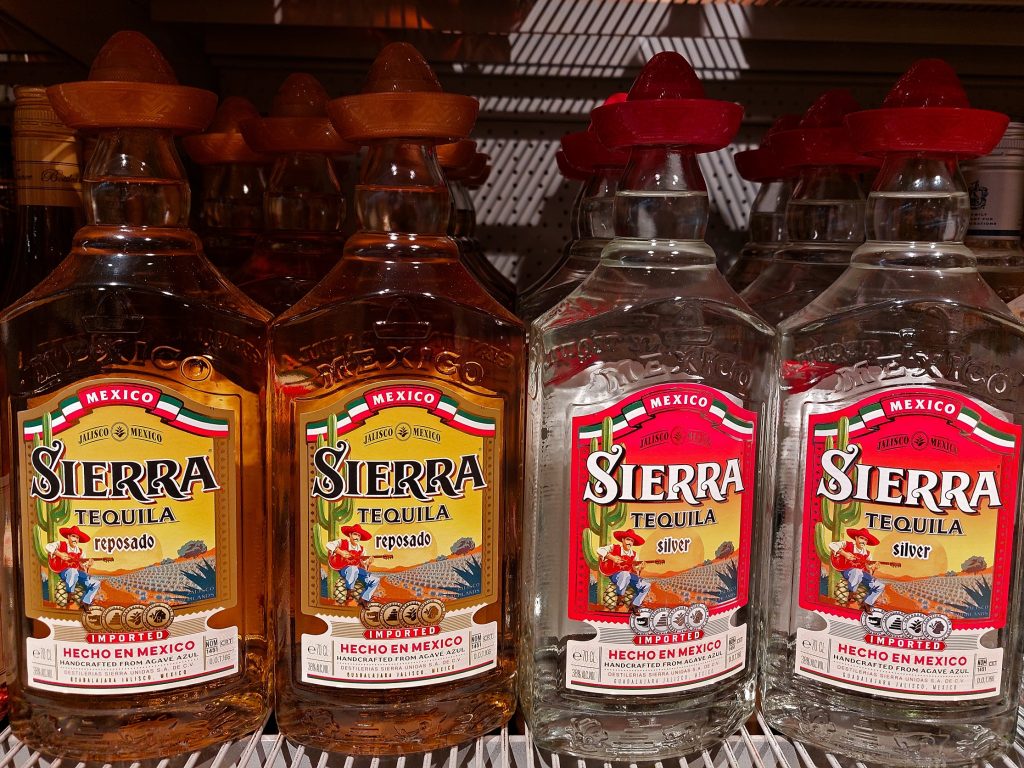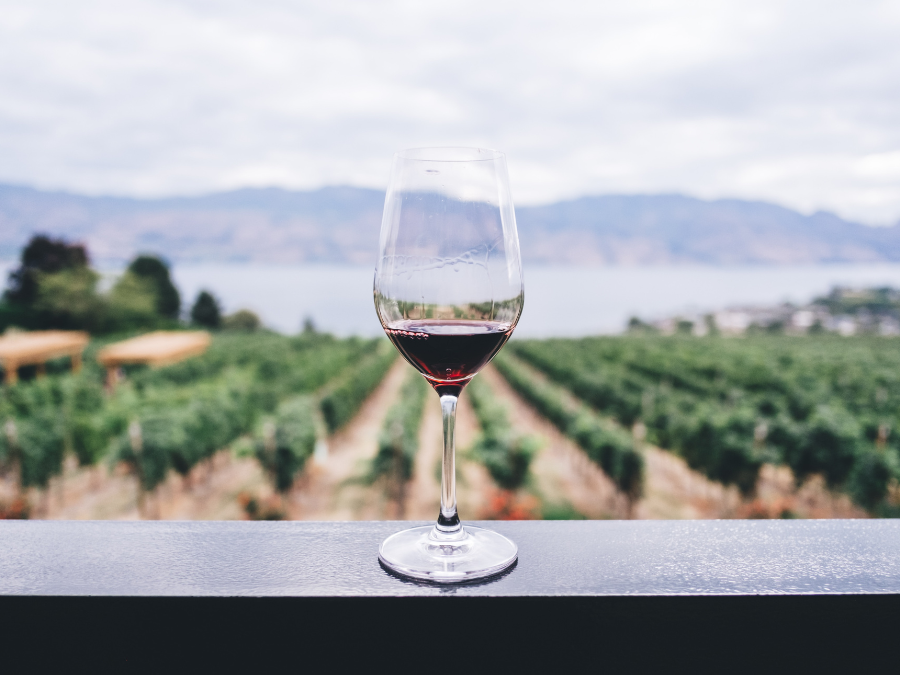
It can seem odd to talk about conventional beverage alcohol categories when discussing no- and low-alcohol. After all, calling something a ‘zero abv spirit’ is a contradiction in terms – which is precisely why you can’t label them as ‘non-alcoholic whisky’ or similar. It’s worth keeping that in mind when contemplating the future of no and low.
What we’re really talking about here are no or low-alcohol products that consciously resemble their full-strength counterparts in a number of possible ways: their flavour (e.g. the use of juniper and other botanicals in creating a no/low approximation of gin), their colour, their packaging and branding, and their targeted consumption occasion.
Sometimes that link is explicit: for instance, Diageo’s Tanqueray 0.0% or Gordon’s 0.0%. These zero abv extensions of full-strength gins sit at one end of the no/low spirits spectrum; new-to-market and pure-play products such as Seedlip (also owned by Diageo) and Ceder’s (Pernod Ricard) occupy the other.
The tension between these two approaches is one of the more fascinating aspects of the no/low marketplace at the moment. There’s no doubt that extending familiar alcohol brands into no/low territory offers a level of reassurance that helps persuade sceptical consumers to give them a try. A similar approach, after all, has worked wonders with the much more mature no/low beer segment.
As with beverage alcohol in general, beer is – and will likely remain – the big volume driver of the no/low market. Wine, meanwhile, has challenges – linked both to the general state of the global wine market and, more pertinently, to perception and quality issues around existing no and low products.
To date, it has proven challenging to create a no-alcohol wine that a lot of people want to drink, largely, I’d say, because of technical problems related to the body and texture of zero abv wines. Even if wine producers can confront and overcome these issues, they will have to win over a sceptical public that may have decided that no/low wine is not for them. In other words, it may already be too late.
The opportunities on the spirits side look altogether more promising and lucrative. More and more people are looking to dilute their alcohol consumption by switching between no/low and full-strength, either on the same or different occasions; some are now abstaining altogether, which poses deeper questions for beverage alcohol, but makes the successful exploration of no-alc all the more important.
For no and low ‘spirits’, the potential is about much more than the opportunities offered by no/low-curious consumers and an ever-expanding pool of markets with the potential for robust growth. In spirits, the future is all about premium and above.
I wonder what implications this has for the dichotomy I mentioned earlier – between no/low extensions of established spirits brands and entirely new propositions. While the former has proven to be a useful gateway to bring consumers into no/low in the first place, I’m not convinced of its potential for premiumisation in the years ahead.
Tacking a no/low extension onto a familiar brand only encourages direct comparisons, which could be off-putting in two senses: one, in terms of flavour and perceived quality; two, in terms of price. People still generally expect to pay less for a no/low product and, if they have any knowledge of the excise duty picture in a market like the UK, who can blame them?
No/low product developers will protest that these drinks are complicated and expensive to make, thus justifying their apparently excessive price tags. Fair enough, but you don’t need to convince me of that – you need to convince the consumer. That task is surely more easily accomplished with an entirely new brand proposition such as Seedlip or Ceder’s, than it is with, say, Gordon’s.
This is where I believe that thinking in terms of conventional beverage alcohol categories for no and low could be unhelpful and restrictive. Not to say that there aren’t opportunities in linking back to full-strength: many successful new no/low products have aped gin in using juniper and other botanicals, and you can bet that alt-Tequila no/lows based on agave will play a big part in the category’s future.
But, beyond such obvious opportunism, I think this mentality merely encourages negativity: the definition of a product by what it is not – or does not contain – rather than focusing on its positive attributes in terms of flavour, branding and so on. Do the latter, with the correct product and branding, and I reckon you’re more likely to hit on the right formula.
A couple of closing thoughts on future opportunities. For all its potential, no/low spirits remains a nascent market, even in early-adopting countries such as the UK. I have the sense that different strands of the supply chain are moving at different speeds, with dynamic brand owners and thirsty consumers stymied by a rather cautious trade in the middle.
Retailers have moved relatively swiftly here, although confusion remains in terms of where to display no/low. Among the soft drinks? Next to the booze? No doubt this will sort itself out in time but for the moment the poor bloody consumer doesn’t know where to look.
Meanwhile, bars and pubs are slowly upping their game on no/low, but a lack of availability, choice and visibility on back-bars remains a considerable barrier to growth. This has to change – and brand owners and trade buyers have to work together to make it so.
More generally on no/low, and looking around the world, there’s a lot of focus right now on the fast-growing markets for ‘new-generation’ no and low – both extensions of established brands and complete newcomers – such as the UK and the US.
But don’t ignore ‘legacy’ markets, where apparently dusty old no/low brands have a much older consumer base. This part of the market may look unattractive but countries like France, Australia and Germany have an underlying familiarity with the category that could be reignited by younger and more dynamic products.
What is more, no/low products could be good news in terms of reaching previously elusive markets. That means not only targeting ‘dry’ countries where alcohol sales are restricted or banned on religious grounds but also being able to use more straightforward supply chains for non-alcoholic products in markets such as India and the US.
The future potential for no/low is huge but the challenges are considerable and, despite rapid recent developments, this remains relatively unfamiliar territory for beverage alcohol brand owners.
But unfamiliar territory also means opportunity, and the chance to pursue incremental growth. And, at a time of huge global economic uncertainty in early 2023, that’s not to be sneezed at.





